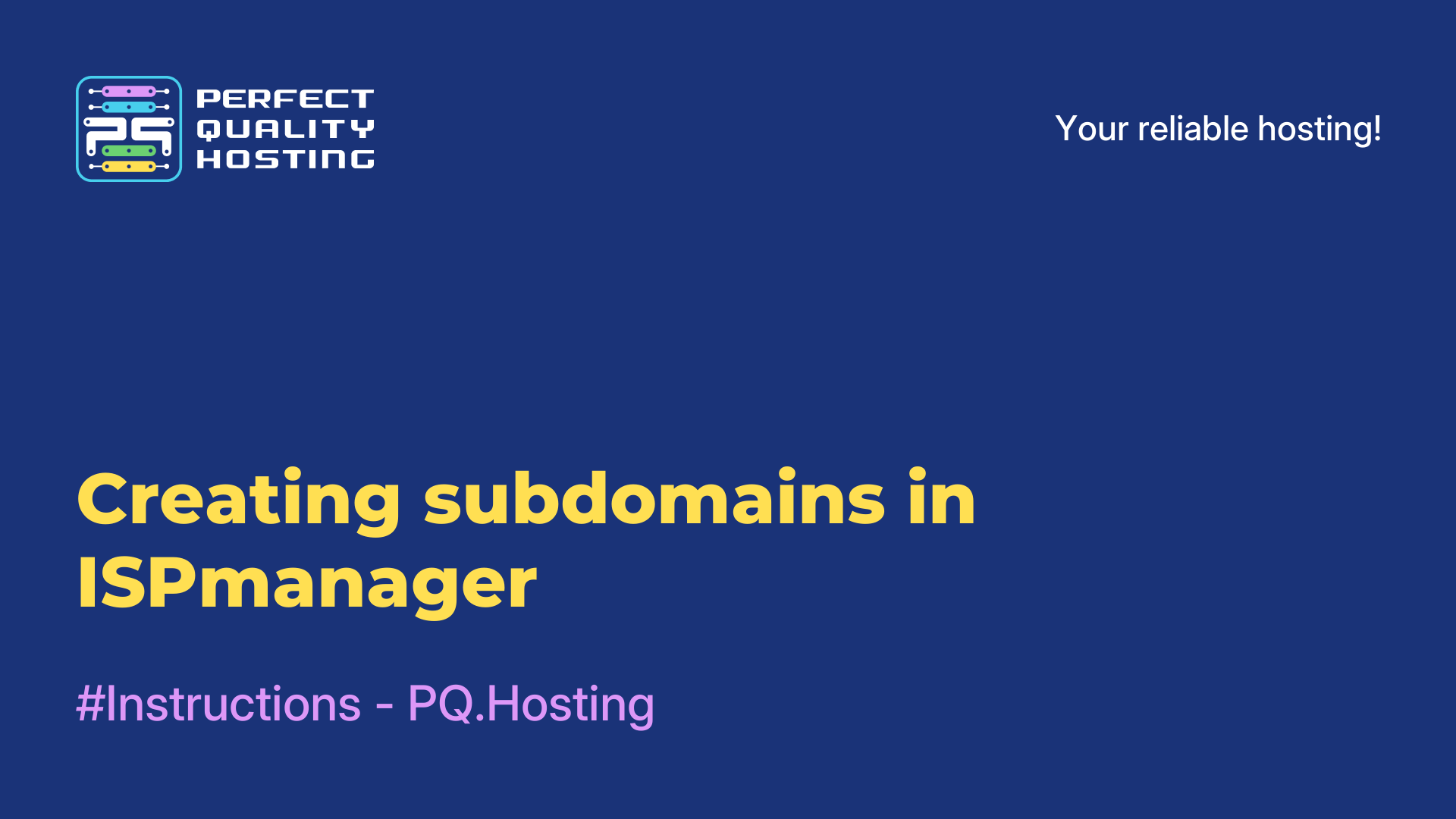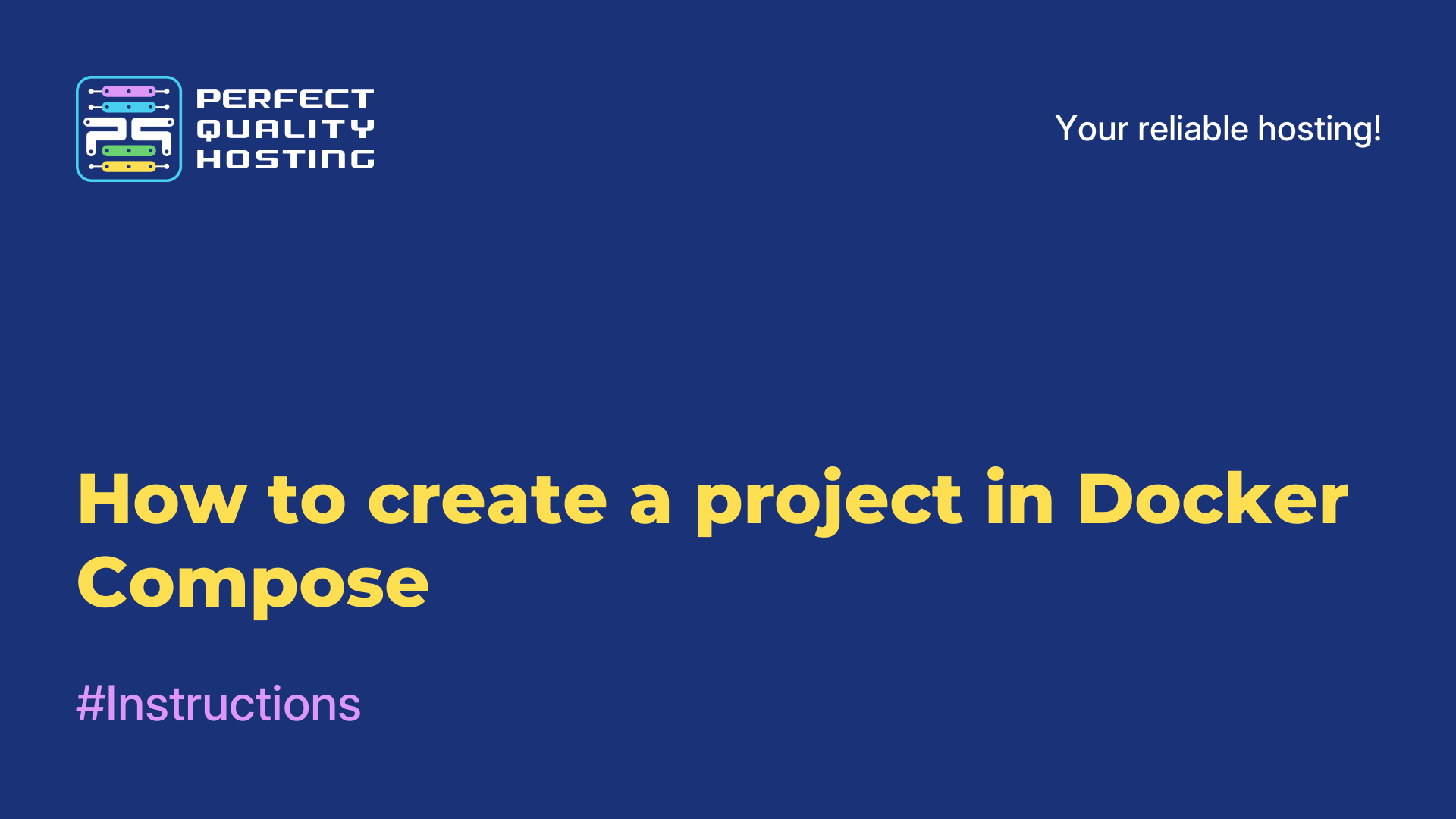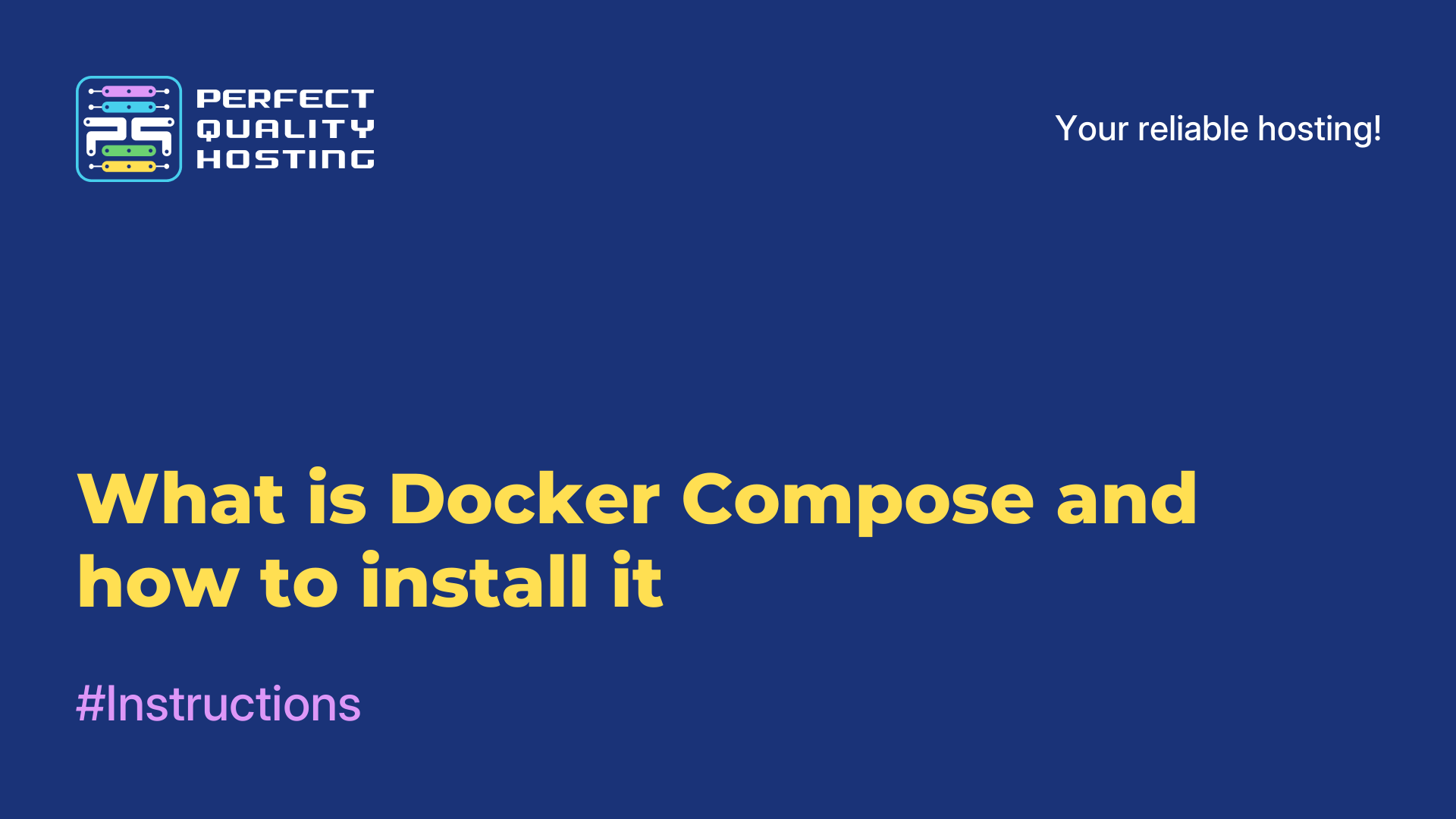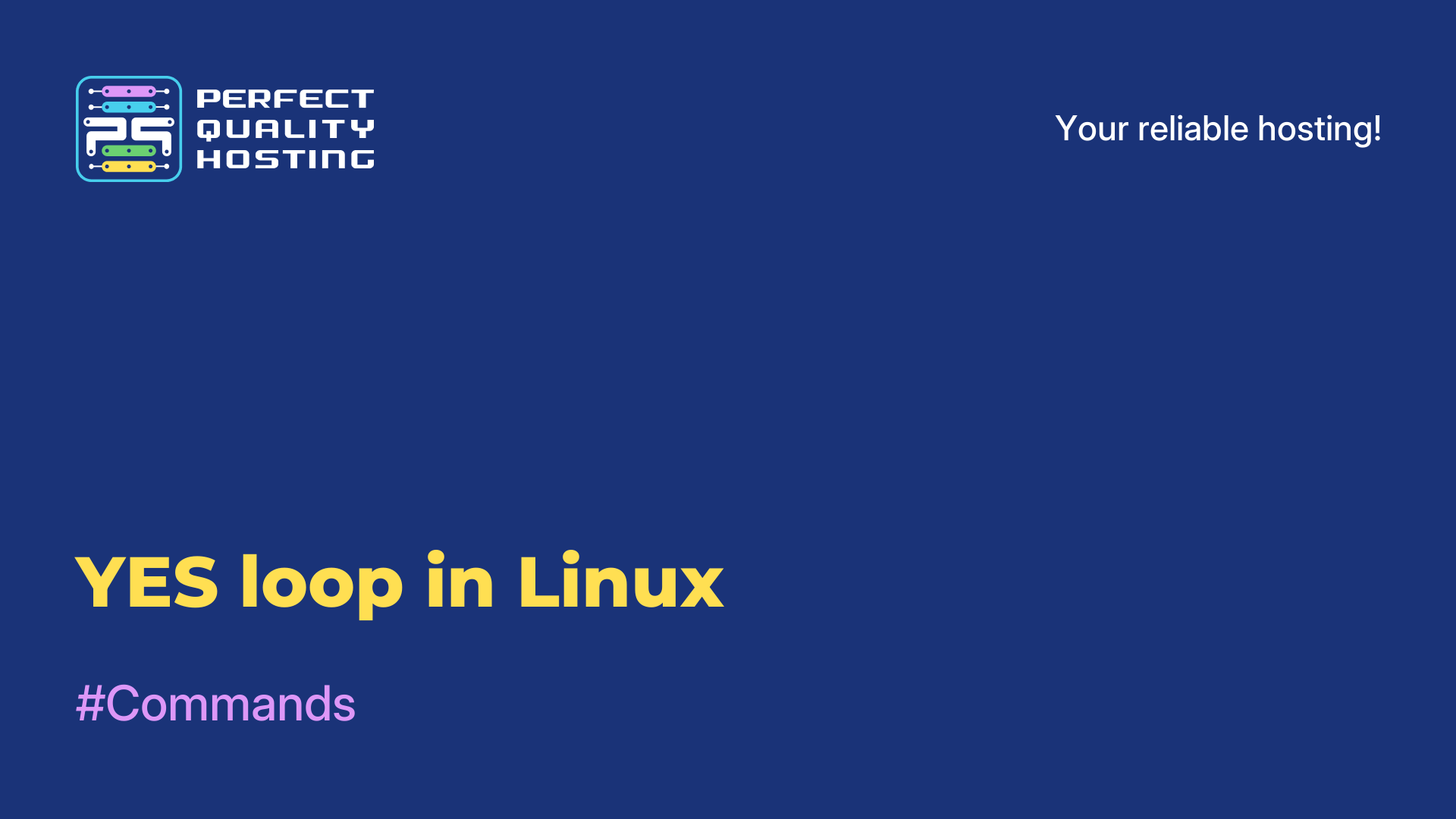-
United Kingdom+44 (20) 4577-20-00
-
USA+1 (929) 431-18-18
-
Israel+972 (55) 507-70-81
-
Brazil+55 (61) 3772-18-88
-
Canada+1 (416) 850-13-33
-
Czech Republic+420 (736) 353-668
-
Estonia+372 (53) 683-380
-
Greece+30 (800) 000-02-04
-
Ireland+353 (1) 699-43-88
-
Iceland+354 (53) 952-99
-
Lithuania+370 (700) 660-08
-
Netherlands+31 (970) 1027-77-87
-
Portugal+351 (800) 180-09-04
-
Romania+40 (376) 300-641
-
Sweden+46 (79) 008-11-99
-
Slovakia+421 (2) 333-004-23
-
Switzerland+41 (22) 508-77-76
-
Moldova+373 (699) 33-1-22
 English
English
How to launch a container in Docker
- Main
- Knowledge base
- How to launch a container in Docker
A Docker container is a lightweight and isolated environment that contains everything you need to run your application, including code, dependencies, libraries, and customizations. It uses containerization to package and deliver applications using standardized processes.
What are containers in Docker?
They run on Docker images, which contain all the components of an application and its dependencies. The images are created based on Dockerfile files that contain instructions for building the image. Once the image is created, it can be run as a container.
Docker containers provide isolation of applications from each other and from the host system. They use the host operating system kernel, but have their own environment, including the file system, environment variables, network interfaces, and processes. This allows them to run independently of other containers and provides repeatability and reliability for running applications in different environments.
They also have scalability and portability. They can be easily moved from one system to another without changing code or customizations. Docker containers also integrate with orchestrators such as Docker Swarm or Kubernetes to manage and deploy containerized applications in a clustered environment.
How do I launch containers?
To start a container in Docker, you will need to follow these steps:
1. Install Docker on your machine if you haven't already done so. You can find instructions on how to install Docker on the official Docker website:
2. Prepare a Dockerfile, which defines the settings and instructions for creating the container. A Dockerfile is a text file, usually without extension, that contains the commands to build the container image. An example of a simple Dockerfile might look like this:
Using the base image
FROM ubuntu:latestInstalling the necessary packages
RUN apt-get update && apt-get install -y <packages>Copying files to the container
COPY <local_file> <path_in_container>Running the command when the container starts
CMD <command>3. Open a command prompt or terminal and navigate to the directory where your Dockerfile is located.
4. Build the container image by running the command:
docker build -t <image_name>Here`<image_name>` is the name you choose for your image, and the `.` dot points Docker to the current directory where the Dockerfile resides.
5. Once the image has been successfully built, start the container using the command:
docker run <image_name>This will create and launch a container based on your image.
It is important to note that when you start the container, you can use various flags and parameters to configure its behavior, such as port forwarding or directory mounting. For more information about the available parameters and flags, run the command:
docker run --help





































